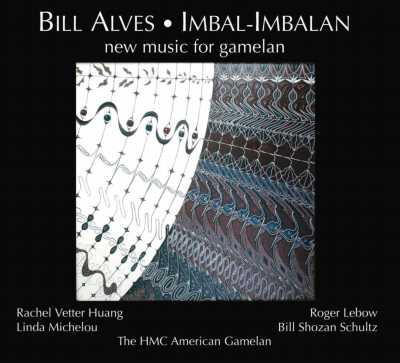In-yo
Duration: 13 min.
This piece grew out of my fascination with Buddhist dualistic views of the universe, especially as reflected in Japanese art and music: asceticism and reserve versus radiance and splendor, inward-looking contemplation versus an outward connection with people and nature, darkness versus light, male versus female, and so on. I discovered that the Japanese term for this concept, equivalent to the Chinese ying-yang, is in-yo, which is also the name for the two indigenous scales of Japanese traditional music. In is a scale of large and small intervals and is associated with meditation, darkness, melancholy, and, originally, certain sects of monks who used the shakuhachi bamboo flute as an aid to breathing exercises. Yo, on the other hand, is a scale with no very small intervals, and it is associated with the melodicism and extroverted joy of folk music. I decided to represent these two different perspectives with mandala-like symmetry. Among other things, this piece uses two systems of just intonation, methods of tuning in which the pitches are related by relatively simple ratios. In the first, in, section, I used "utonality" for intervals, which means that the pitches are related consonantly to each other, but not necessarily to a common fundamental. In the yo section, I used "otonality," that is, where all the pitches are harmonics related to a single fundamental. The tape was generated in Csound largely from manipulations of such sources as the chaotic breath sounds of a bamboo flute, the deep resonant tolling of a Buddhist temple bell (in which the partials have been altered to match the tuning system), and the human voice. This piece was written for shakuhachi master Bill Shozan Schultz, to whom I am indebted for his help and friendship.
Recorded on Imbal-imbalan, with Bill Shozan Schultz, shakuhachi  .
.








